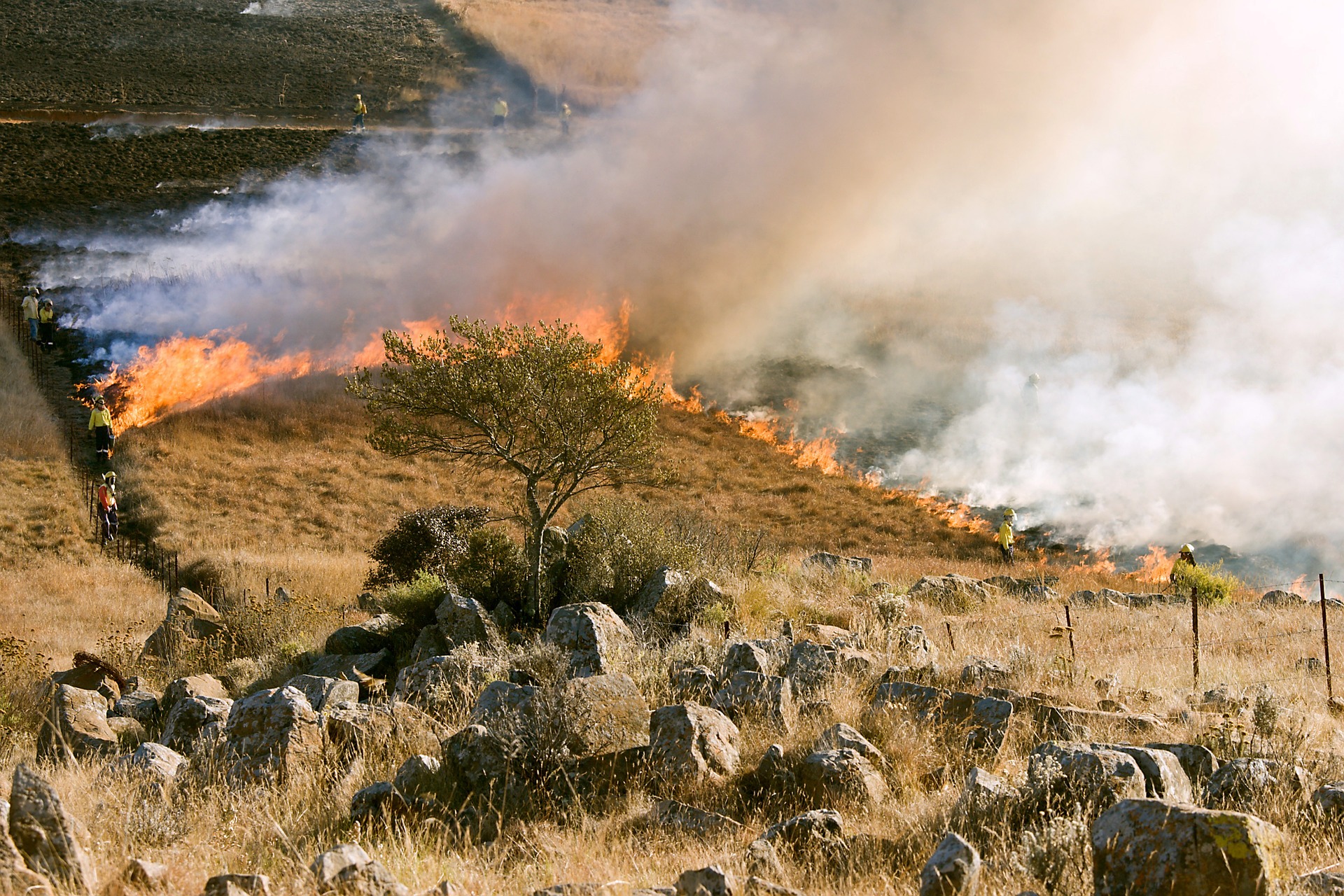In an astonishing series of regulatory filings, SDG&E said it is almost certain to cause or contribute to a catastrophic fire sometime in the next 20 years.
In 2007, San Diego Gas & Electric’s equipment ignited the Witch, Guejito and Rice fires that burned over 200,000 acres, killed two people and destroyed 1,300 homes.
Since then, the company has spent $1.5 billion preparing for another fire and, so far, it’s worked. The company hasn’t caused a major fire in 12 years.
But SDG&E doubts the streak will last.
“While the goal behind these efforts is to avoid wildfire ignitions related to SDG&E facilities, SDG&E cannot entirely eliminate that risk,” the company’s director of financial planning, Don Widjaja, said in recent written testimony to the California Public Utilities Commission.
His remarks are part of an astonishing series of regulatory filings in which SDG&E said it is almost certain to cause or contribute to a catastrophic fire sometime in the next 20 years.
SDG&E’s wildfire risk model predicts there’s a 5 percent chance the company causes or contributes to a major fire in any given year.
The company said the average fire it contributes to is likely to cause $3.7 billion in damage, roughly a billion dollars more than the company paid after the 2007 fires.
“To arrive at these estimates, we took into account a variety of factors, including historical information, current environmental conditions, operating procedures and fire behavior modeling that forecasts the potential consequences of wildfires,” company spokeswoman Helen Gao said in an email. “SDG&E’s method creates 10,000 modeled outcomes, which are then analyzed to calculate the probability of fires exceeding a certain amount of financial damage.”
Because of this, the company is asking for permission to increase electricity rates by $168 million in the next several years to help maintain investor confidence. SDG&E is owned by San Diego-based Sempra Energy, which is publicly traded.
SDG&E wants to assure its investors that despite the enormous wildfire risk, the company will still turn a profit. So, it wants to increase the rate of return for investors from 7.5 percent to 10 percent.
The company said investor confidence helps its customers, even if funding confidence-boosting measures for investors means increasing power bills. SDG&E said shaky companies pay higher interest rates when they borrow money. SDG&E plans to borrow nearly $6 billion over the next five years. Those borrowing costs are also passed on to customers.
Officials at the company remain bitter over a 2017 California Public Utilities Commission decision. Regulators denied the company’s request to make customers pay for $379 million in costs related to the 2007 fires that SDG&E’s insurers wouldn’t cover.
Regulators denied the request, in part, because it found that SDG&E had not followed “good utility practice” before and during the 2007 fires. The company is appealing that decision all the way to the U.S. Supreme Court.
Now, the company still only has $1.5 billion in insurance – far less than the damage it expects it might help cause in coming years. But the company argues may not make sense to buy insurance to cover all the potential losses, because carrying more insurance could end up costing more over time than if the company had to pay for extraordinary damages out of pocket, in part because tax code allows it to write off some of those expenses.
[divider] [/divider]





